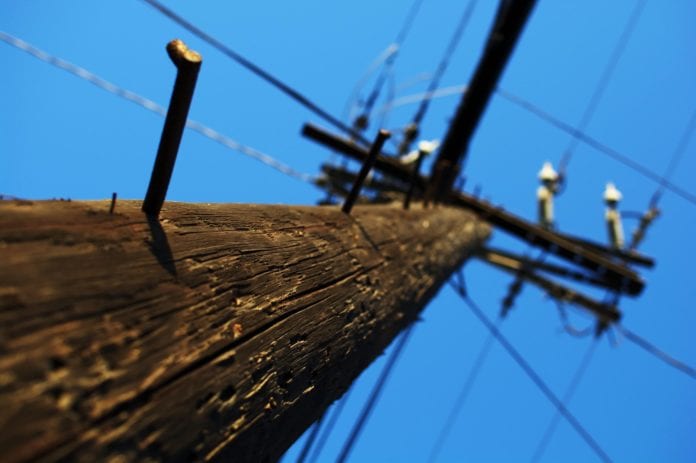Rogers Communications said telcos need to negotiate access to this infrastructure with municipal governments and landlords
Operators willing to deploy 5G infrastructure will need to have access to certain city infrastructure including ducts and poles, Canadian telecom operator Rogers Communications’ President and CEO Joe Natale said during a conference call with analysts.
“We need access and attachment rights, access to poles, access to ducts, access to real estate rights and on that front, that’s going to be a challenge for the industry as a whole. It requires cooperation across all levels of government,” the executive said. “It requires changes to the Telecom Act in making sure that everyone has access to various polls and ducts and have ways to integrate this infrastructure,” Natale added.
“We need to work hard with municipalities and landlords and partners across the country and all levels of government to try to get the right attachment rights,” Natale said.
Last month, Rogers and the University of British Columbia (UBC) inked a three-year, multi-million dollar partnership deal to build a real-world 5G hub on the UBC campus in Vancouver. The 5G hub will act as a testbed for 5G innovation in Canada, Rogers said.
Under the deal, Rogers will deploy 5G-ready network equipment and infrastructure at UBC starting in early 2019. Rogers and UBC will study 5G applications such as monitoring cars and traffic to develop smart city projects. Other potential areas of research include autonomous vehicles, machine learning, artificial intelligence and network slicing technology for use in robotics, farming and medical applications.
“One good thing about the UBC campus, is that it’s a city within a city, and the university actually runs that city as a responsibility for all the services that support 65,000 students in that community. So we view it as a very attractive place to try not just the technological ideas, but also the ability to have unfettered access to the infrastructure so that we could actually bring to life those ideas in a meaningful way,” the executive said.
In April, Rogers Communications announced a multi-year initiative through which it aims to deploy 5G technology in partnership with Swedish vendor Ericsson.
Rogers’ network plan includes the continued rollout of its gigabit LTE network with technology and equipment that is based on the latest global 3GPP standards, including 4×4 multiple-input-multiple-output, four-carrier aggregation and 256 QAM. Through the partnership with Ericsson, Rogers will trial 5G technology in Toronto and Ottawa, in addition to select cities over the next year.
In July, Natale said the telco aims to deploy thousands of small cells as part of its 5G efforts.

